OEM Wireless Microphone Systems: An Overview
Navigating the world of audio equipment can be complex, but understanding the nuances of an OEM wireless microphone system is essential for those in the market for reliable and versatile audio solutions. These systems are designed to cater to a variety of audio needs, from professional studio setups to dynamic live performances.
Types and Applications
The diversity of wireless microphone systems is vast, with each type serving a specific application. Condenser microphones, for instance, are favored in studio settings for their sensitivity and fidelity, capturing the nuances of vocal and instrument performances. Conversely, dynamic microphones are robust, making them suitable for live events and podcasting, where durability and versatility are paramount. Specialized microphones, such as those designed for DSLR cameras, enhance video productions with crisp, clear audio capture.
Features and Specifications
When selecting an OEM wireless microphone system, the features and specifications are critical to match the system to the intended use. Key features to consider include frequency response, polar patterns, and connectivity options. Systems with a broad frequency response range ensure accurate sound reproduction, while polar patterns determine the microphone's directional sensitivity, an important consideration for isolating sounds in noisy environments. Additionally, the ease of connectivity with various devices is a significant factor, especially for users requiring quick setup and compatibility with multiple platforms.
Materials and Design
The construction materials of a wireless microphone contribute to both its performance and longevity. Durable materials like metal alloys are commonly used in handheld microphones, while lighter materials may be used in headset designs for comfort during extended use. The design also plays a role in portability and ease of use, with some systems offering compact form factors ideal for on-the-go users such as mobile journalists and traveling speakers.
Advantages of Wireless Systems
The primary advantage of an OEM wireless microphone is the freedom of movement it affords the user, eliminating the constraints of cables. This mobility is particularly beneficial in dynamic environments such as on stage performances or interactive presentations. Additionally, the absence of cables can lead to a cleaner setup, reducing trip hazards and simplifying the aesthetics of the environment.
Choosing the Right System
Selecting the right wireless microphone system requires careful consideration of the specific needs of the user. Factors such as range, battery life, and the number of channels should align with the intended application, whether it's for a single speaker in a seminar or multiple performers in a concert. It's essential to assess the environment in which the system will be used to ensure optimal performance and user satisfaction.



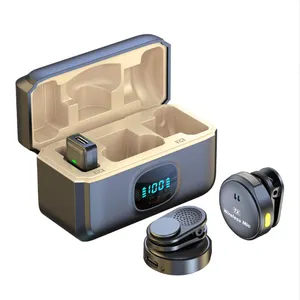

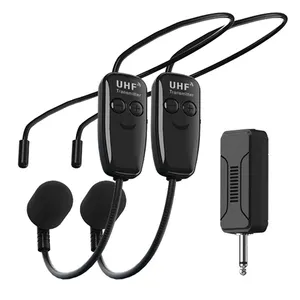






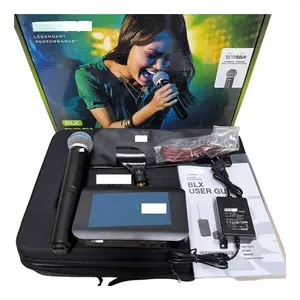
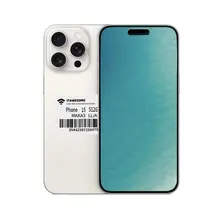


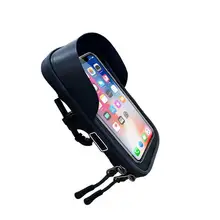
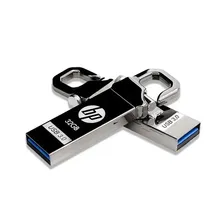
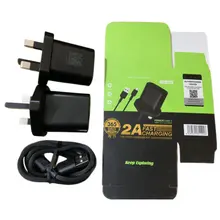


























 浙公网安备 33010002000092号
浙公网安备 33010002000092号 浙B2-20120091-4
浙B2-20120091-4